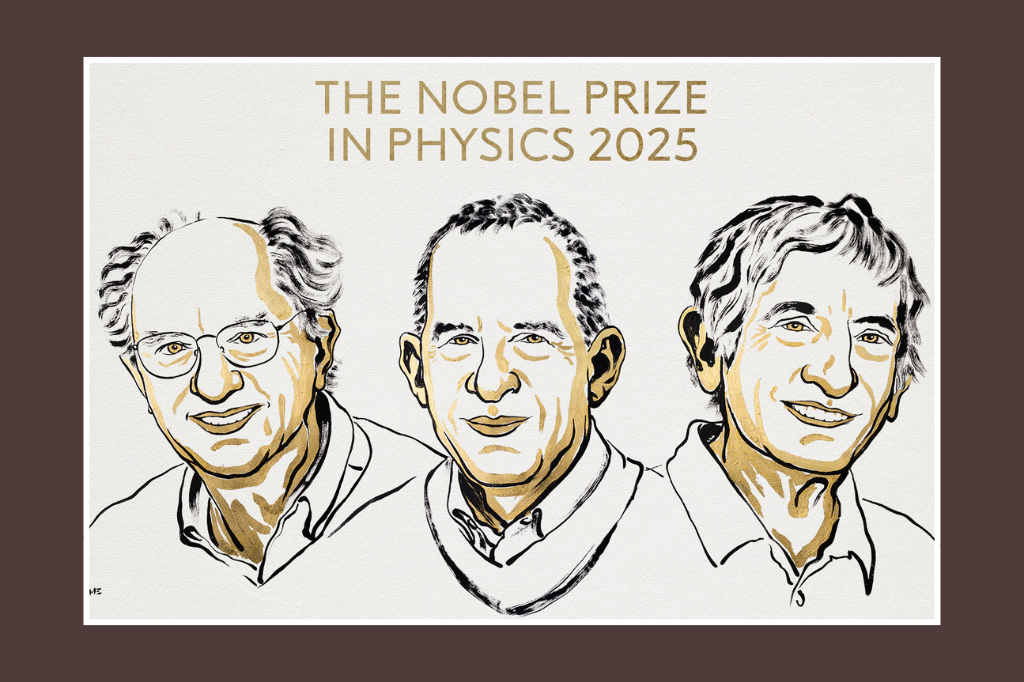The 2025 Nobel Prize in Physics has been awarded to John Clarke, Michel H Devoret, and John M Martinis for their groundbreaking discovery of macroscopic quantum mechanical tunnelling and energy quantization in electric circuits. Their pioneering work has bridged the gap between quantum mechanics and practical electronics, showing that quantum phenomena can manifest in systems visible to the naked eye.
In the early 1980s, the laureates conducted a series of experiments using superconducting electrical circuits incorporating Josephson junctions – thin insulating layers between superconducting materials. These fingertip-sized circuits demonstrated quantum behaviours, such as tunnelling and discrete energy levels, previously observed only in microscopic systems.
Their discoveries have had a profound impact on quantum technologies, including quantum computing, cryptography, and sensors, paving the way for future innovations.
The Nobel Prize, awarded by the Royal Swedish Academy of Sciences, comes with a monetary award of 11 million Swedish kronor (approximately $1.2 million), which will be shared among the laureates.
This award underscores the transformative potential of their research and highlights the expanding frontiers of quantum physics in practical applications.







